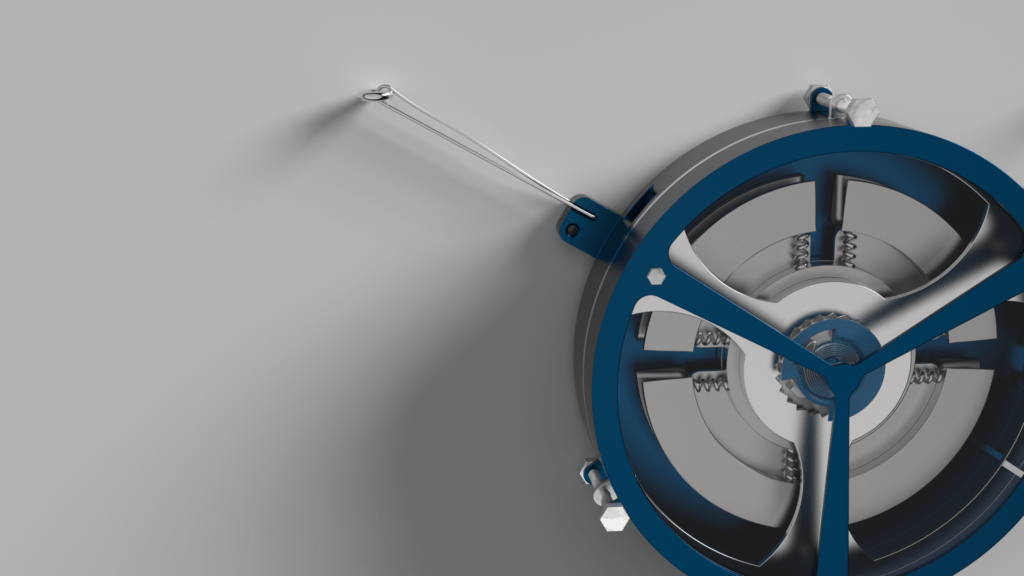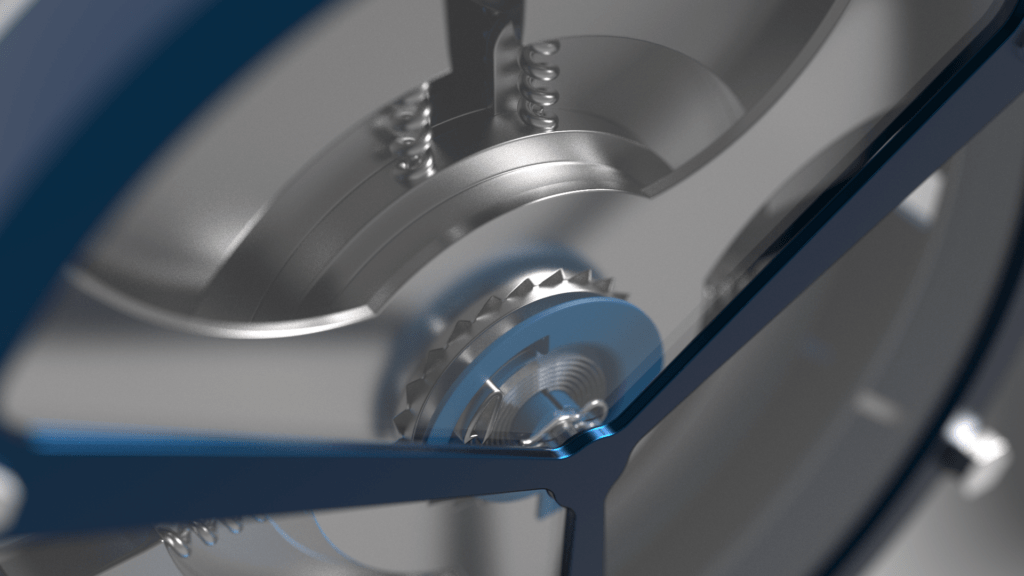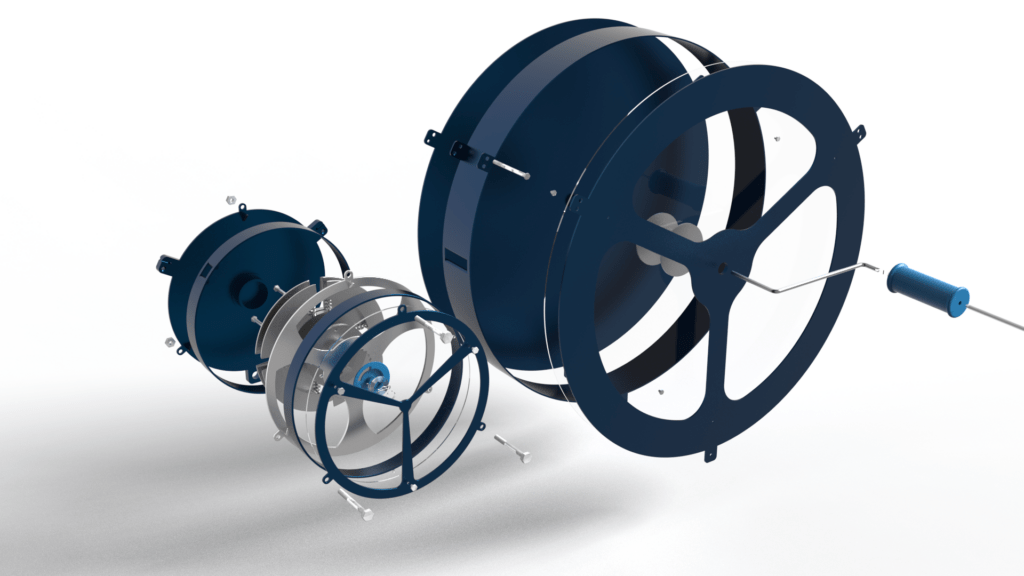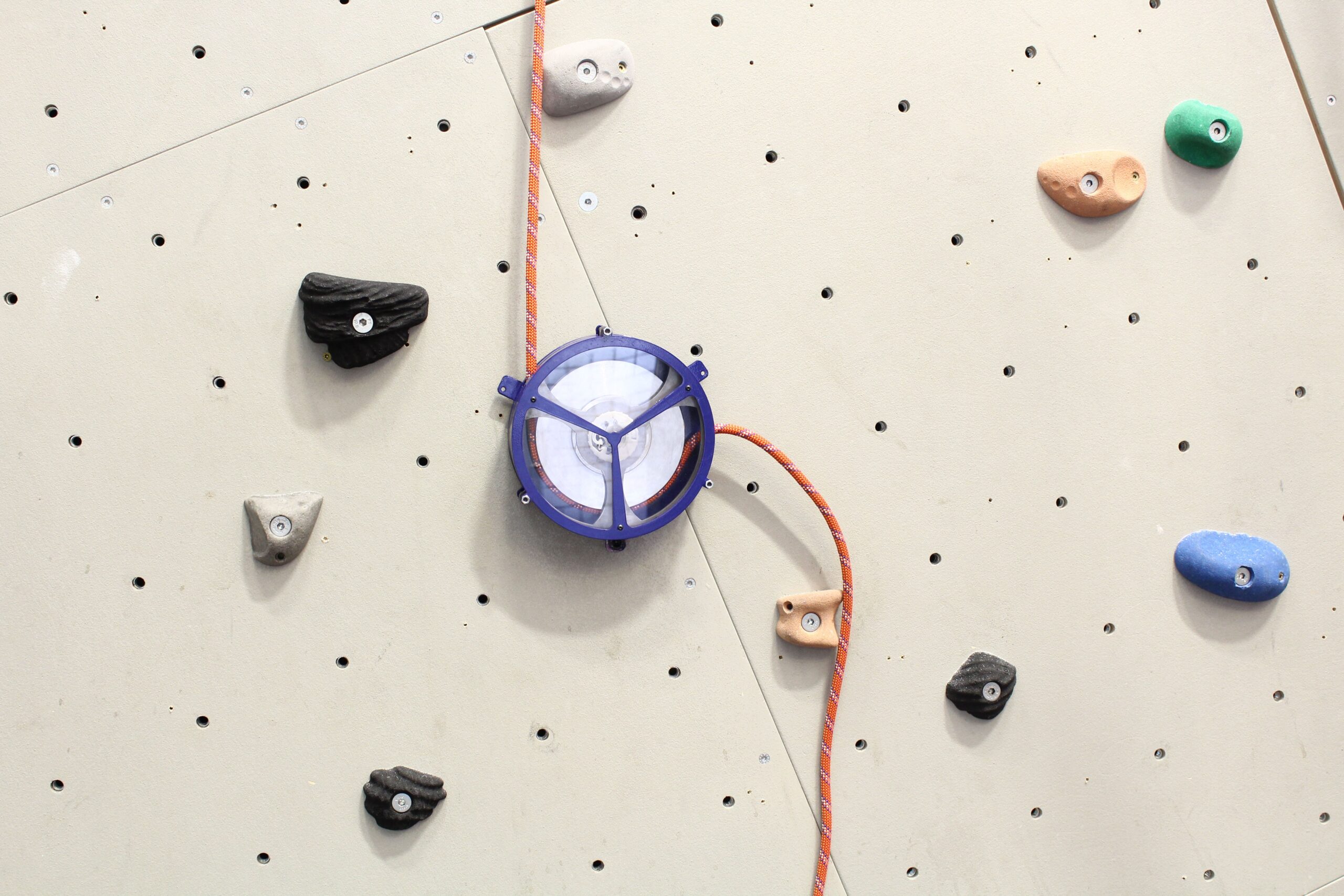Lead Solo is the world’s first mechanical, affordable, and trusting lead auto-belay. Lead climbing is a complex but popular style of indoor climbing, which is the next step from the top rope which all climbers learn on.
Top-rope can be done without a human belay partner thanks to auto-belays (mechanical devices that replace a human belayer). However, a partner is always needed for indoor lead climbing, showing a gap in the market for a lead auto-belay. This is exactly what Lead Solo does, which, unlike the emerging lead auto-belays, is purely mechanical and very affordable.
Extensive research suggests that climbers distrust auto-belays due to a lack of understanding, therefore Lead Solo is designed to be simple and easy to understand for users. Not only beneficial for the climbers, Lead Solo is also aimed at helping climbing gyms, that would like to include lead auto-belays, as they would bring in more users to the gym. The product can be quickly bolted to the wall, and immediately used by climbers after some training on the product. At only £700, and with low maintenance costs, Lead Solo would benefit every lead climbing gym and is a new chapter in solo climbing.

Innovation
The innovation lies in the ability to climb indoors without the need for a belay partner. Similar products are starting to emerge, but all of these would cost significantly more than Lead Solo. The product is designed in such a way as to greatly encourage user trust, as it’s been identified that this is the biggest issue with existing top-rope auto-belays.
The full design is relatively simple and purely mechanical, so unlike the competitors, Lead Solo can be maintained and repaired purely by the gym, something that gym owners have always wanted. The mechanical design also means that the gym won’t need to link power to the climbing wall, costing time and money.
The catch and breaking mechanism is relatively simplistic and uses a centrifugal clutch to lock up a pulley brake, this then lowers the climber at a consistent rate no matter the climber’s weight. Thanks to this clutch the climber can give and take rope without any interruption.

Product Detail
The outer casing of the product is made from 6061-grade aluminium that is then anodized. The majority of the internal components are then made from forged stainless steel. The product is purely bolted together to allow for easy disassembly. Some welding, cutting, and bending will be required in the manufacturing process for certain components of the product.
The parts are either sheet cut, forged, or extruded. Many parts such as the internal bolts and climbing rope are all off the shelf to help keep costs down. All components, including those that require replacement, can be easily recycled by the manufacturer, making the product renewable.

Specification
The brake drum is approximately 200mm in diameter, with the rope spool being closer to 600mm. the device can be used by all experienced lead climbers over the age of 18 and is rated for climbers between 40kg to 120kg.
5 British standards are met, meaning the product is permitted for use in all UK climbing gyms; the descent speed is 2m/s as per the standards. The rope is 50m long and could be used on a lead wall up to 27.5m long. The product in total weight is 8.8kg, or 5kg without the climbing rope. The product is only available in anodized blue and semi-reflective steel, there is also the front-facing transparent panel.










